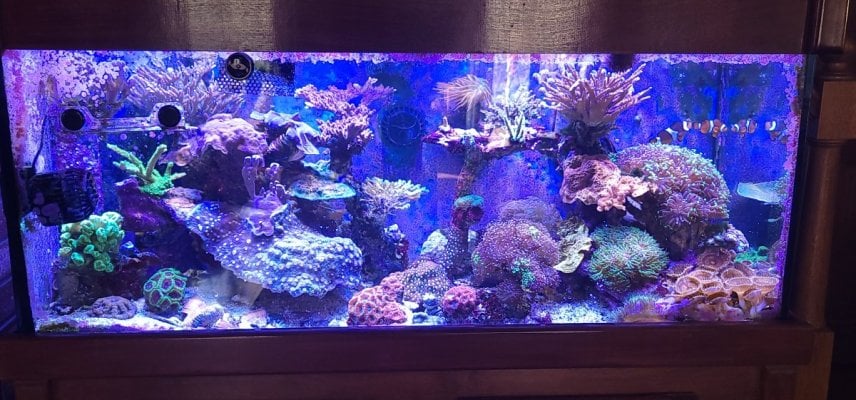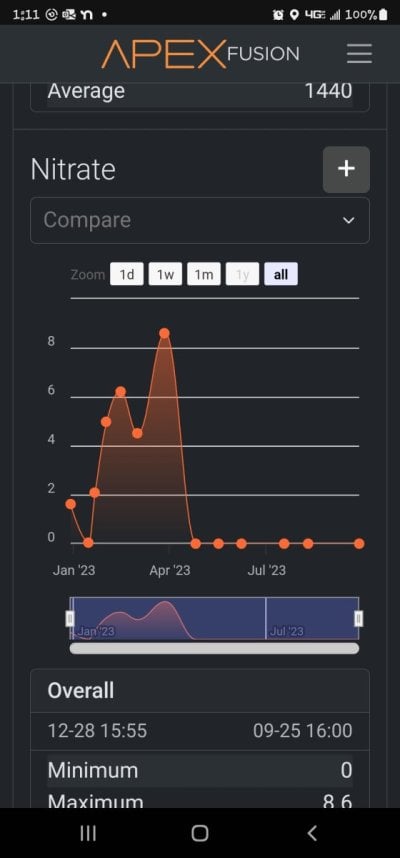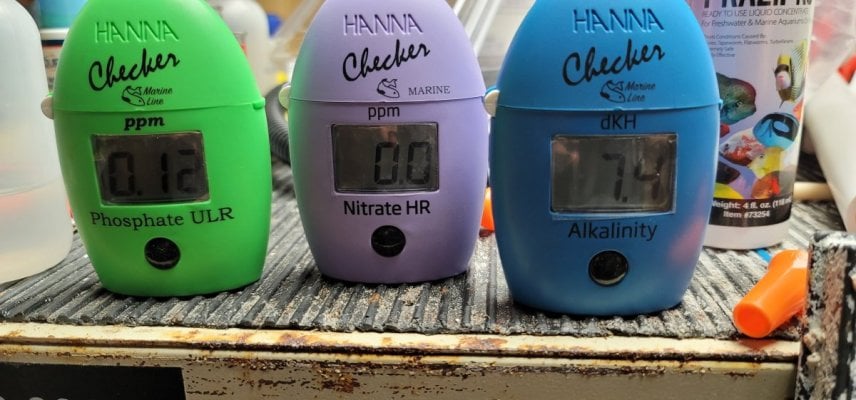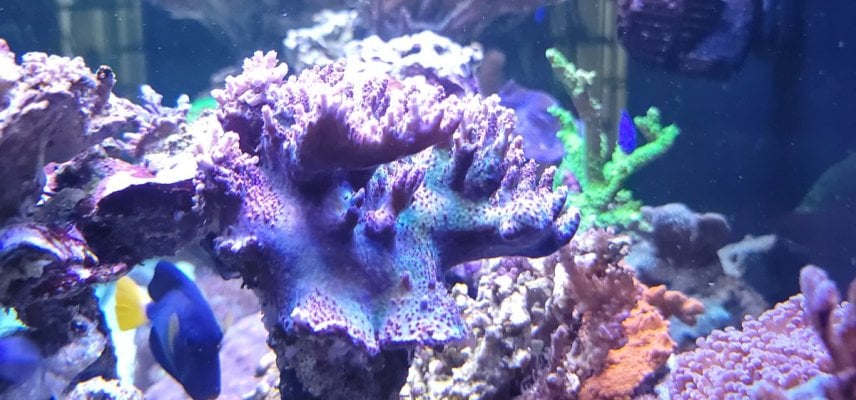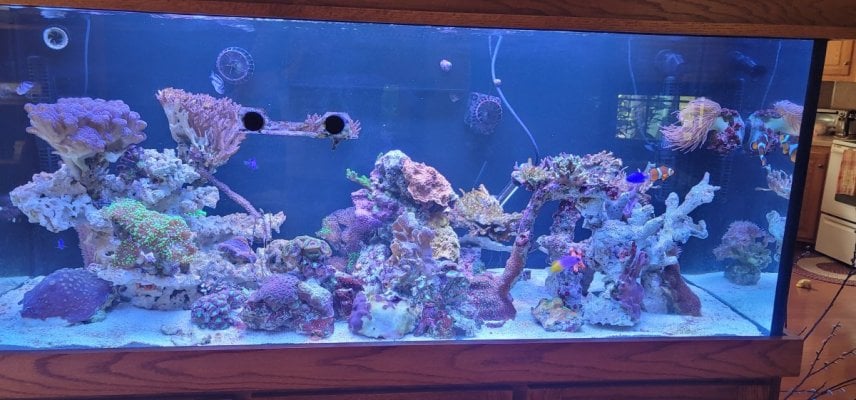Randy Holmes-Farley
Reef Chemist
View Badges
Staff member
Super Moderator
Excellence Award
Expert Contributor
Article Contributor
R2R Research
My Tank Thread
Lou from Tropic Marin alleges that their form of carbon dosing (NP Bacto Balance) is different from simple carbon sources like vodka and sugars because it’s a long chain carbon rather than a short chain which every organism has access to.
Yes, they have asserted such ideas, and while it may or may not be true, have provided no evidence.










